|
Bubba, Mitsy and Wishbone among thousands of cats rescued in film by Rob Fruchtman and Steven Lawrence Update 10/15/19: The Cat Rescuers is now available on all major streaming platforms including iTunes Tara Green is a New York cat rescuer who will not be deterred. Her modest dwelling hums with purring felines. "I have approximately 20 cats in here right now. It's a one-bedroom [apartment]," Green says in the documentary The Cat Rescuers. "The highest I've ever had was 33." Green is one of the human stars of the film directed by Rob Fruchtman and Steven Lawrence that documents Brooklynites dedicated to saving tens of thousands of stray, feral and abandoned cats living paw to mouth on the streets of the borough. Despite the volunteers' best efforts, the homeless cat population threatens to spiral out of control, jeopardizing more and more vulnerable felines. "These cats that don't get brought in here [for veterinary treatment], unfortunately a lot of them are suffering outside," comments Dr. Stephanie Gambino in the film, "suffering and unfortunately dying miserable outside, which is the hard part." The Cat Rescuers is now playing at the IFC Center in New York -- the directors will be on hand for the Sunday's 3:35PM show (where they will be joined by Mrs. Parberry the cat), and Wednesday, July 10 at the 7:40PM show. [Details here]. The film opens July 16 in Berkeley, California; July 28 in Phoenix; August 13 in Bellingham, Washington, and September 8 in Tucson. [Update: The Cat Rescuers became available Tuesday, October 15 on all major streaming platforms, including iTunes]. Nonfictionfilm.com spoke with the directors about their documentary and what New York and other cities are doing to help cats with nowhere to call home. How many feral or stray cats are there in New York? What kind of conditions are they living in? Rob Fruchtman: There are at least 500,000, and possibly more, feral and stray cats living on the streets of New York City. While some are well-fed and well taken care of, many suffer and die from the dangers of traffic, people and our long, sometimes harsh winter. Steven Lawrence: The cats live anywhere they can find shelter and food -- alleys, backyards, abandoned buildings, underneath houses. People who manage colonies often provide shelters, which protect the cats from harsh winter weather. When and why did you decide to make a film about the homeless cats of Brooklyn and the humans who look out for them? SL: The Cat Rescuers grew out of my discovery that the Brooklyn house my wife Helen and I moved to in 2013 came with a feral momma cat and three kittens waiting at the back door to be fed. Soon there were more and we discovered neighbors had been feeding other colonies for years. Most of the cats weren’t spayed or neutered. So we were facing a population explosion and had to figure out what to do. Through rescue groups like Brooklyn Animal Action we learned about Trap-Neuter-Return (TNR), the humane solution the rescue community has adopted, but which is generally unknown to New Yorkers. Among the rescuers who mentored us were Tara Green and Claire Corey. Believing that a documentary on NYC’s immense population of street cats could be both dramatic and impactful, I reached out to fellow filmmaker and cat lover Rob Fruchtman. We joined forces and decided to tell the story from the perspective of the rescuers who are on the streets day and night saving feline lives. What percentage of cats living on the streets were originally part of someone's home and then got dumped outside? RF: I don't know the percentage, but according to Sassee, one of the rescuers featured in our film, the number of abandoned cats who were former pets are now outnumbering the feral cat population. SL: All the rescuers in our film have reported that they're increasingly seeing more abandoned than feral cats. At what times of day did you spend filming and over what period of time did you make the film? RF: We followed our rescuers (and the cats they trapped and rescued) for four years, at all times of the day and night. We found that early morning and later in the evening proved better for filming, simply because street cats tend to be wary of humans and wait until the streets are quieter before venturing out in search of food. SL: Since the rescuers in our film all have full-time jobs, some of them get up very early (or work late at night) to rescue and feed. So we were out at 3-4 AM with Stu in Kensington, and 5 AM with Sassee in Canarsie. What are your thoughts about the humans in the film who spend so much of their time and money taking care of feral and stray cats? RF: We've come to deeply appreciate the compassion – and passion – our rescuers have for vulnerable cats, and other animals trying to survive in a harsh urban environment. Despite financial and social pressure, they would always find time to do whatever possible to help these animals. Contrary to the stereotype of 'crazy cat ladies', our rescuers – one of whom is a man – are highly functioning, engaging people. They just care deeply. SL: They do it because they don't want the cats to starve or freeze to death, or suffer from treatable illnesses and injuries. The cats are helpless, especially the abandoned ones that have no experience fending for themselves outdoors. All the rescuers feel a personal and moral obligation to help the cats. In some way each of them says the same thing: once you become aware of the problem you have no choice -- you can't just leave a suffering animal on the street. To what degree have the cat rescuers in Brooklyn been able to impact the problem of the feral/stray cat population in the city? RF: There is no doubt that without the efforts of the rescuers featured in our film and dozens of others in Brooklyn, the street cat problem would be much worse. However, without a focused and determined effort by City government to address the problem, the street cat population will continue to grow. SL: As [rescuer] Stu says, they're fighting an uphill battle, but without them it would be even worse. There just aren't enough people doing TNR and adoptions to significantly reduce the population. For that to happen the city should do what all the rescuers propose: fund TNR so there are full-time rescuers in each district, not only trapping but raising awareness and training local residents. During filming were there particular cats you really fell for? RF: All of them! Our focus was on the rescuers, but we did follow the stories of three cats that affected our rescuers and us: Mitsy... Bubba... and Wishbone, Tara's pet cat. SL: Mitsy is a sweet 12-year-old black cat who had been peeing outside her litter box and bleeding. Her owner had a new child and just didn't want to deal with her, so he surrenders her to ACC. But he's never taken her to a vet -- if he had, she would have been fine! The ACC intake director repeatedly informs him that Mitsy may be euthanized because it's very hard for older cats to get adopted. He signs the papers and walks away. Bubba is a big, friendly abandoned cat Sassee traps outside a construction site in Coney Island. She gives him to Tara to get him adopted. And Wishbone is the first cat Tara adopted and is very dear to her. I don't want to provide any spoilers, so viewers should watch to find out who happens. Are other major American cities in a similar situation to New York vis-a-vis their feral and stray cat populations? RF: I think it's fair to say that every major city in the US and around the world face a street cat problem to some degree or another. Each city deals with the issue differently. We know that Chicago, for instance, has embraced the practice of TNR (Trap Neuter Return) and has reduced their cat population in half. SL: It's a nationwide problem. The US Humane society estimates there are at least 40 million of them [stray, feral or abandoned cats], but some cities, like Chicago, Oakland and Austin have been directly supporting TNR with good results. There's a Wikipedia page that lists what's happening in the US and Canada. Lastly, why do we love cats so much? Speaking for all those who do cherish felines. RF: With over 26 billion clicks on YouTube cat videos, it's clear that cats are deeply embedded in our psyche. Their personalities, alone, are endlessly fascinating. One person observed that if cats could text us, they wouldn't. SL: Aside from the fact that kittens are adorable, we agree with Ernest Hemingway who said, "A cat has absolute emotional honesty: human beings, for one reason or another, may hide their feelings, but a cat does not." My cat Brewster, a rescue, goes to work on a shoe |
AuthorMatthew Carey is a documentary filmmaker and journalist. His work has appeared on Deadline.com, CNN, CNN.com, TheWrap.com, NBCNews.com and in Documentary magazine. |
- Home
- News
- Videos
-
Galleries
- 2019 Tribeca Film Festival
- Full Frame Documentary Film Festival
- 2019 SXSW Film Festival
- SXSW 2018 Gallery
- 2019 Sundance Film Festival
- Outfest 2018 Photo Gallery
- Outfest 2017
- Sundance 2018 Photos
- 2017 LA Film Festival
- 2017 Cannes Film Festival
- Tribeca Film Festival 2017
- SXSW 2017 Gallery
- 2017 Berlin Film Festival
- Sundance 2017 Gallery
- 2016 Los Angeles Film Festival
- Cannes Film Festival 2016
- SXSW 2016 Gallery
- Berlinale 2016 Gallery
- Sundance 2016 Gallery
- Filmmaker Gallery
- About
- Contact
Proudly powered by Weebly
- Home
- News
- Videos
-
Galleries
- 2019 Tribeca Film Festival
- Full Frame Documentary Film Festival
- 2019 SXSW Film Festival
- SXSW 2018 Gallery
- 2019 Sundance Film Festival
- Outfest 2018 Photo Gallery
- Outfest 2017
- Sundance 2018 Photos
- 2017 LA Film Festival
- 2017 Cannes Film Festival
- Tribeca Film Festival 2017
- SXSW 2017 Gallery
- 2017 Berlin Film Festival
- Sundance 2017 Gallery
- 2016 Los Angeles Film Festival
- Cannes Film Festival 2016
- SXSW 2016 Gallery
- Berlinale 2016 Gallery
- Sundance 2016 Gallery
- Filmmaker Gallery
- About
- Contact

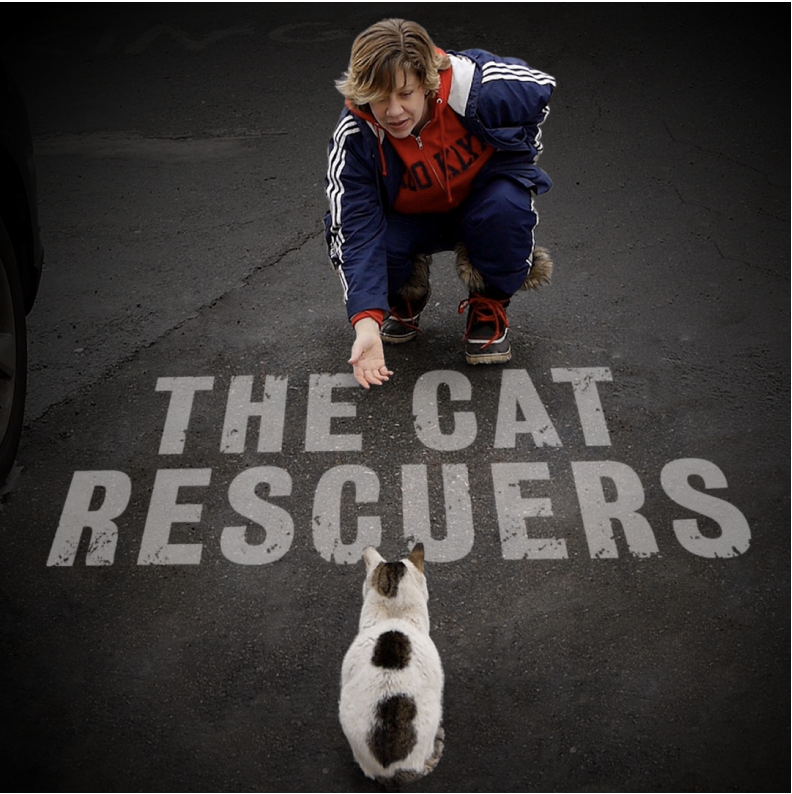
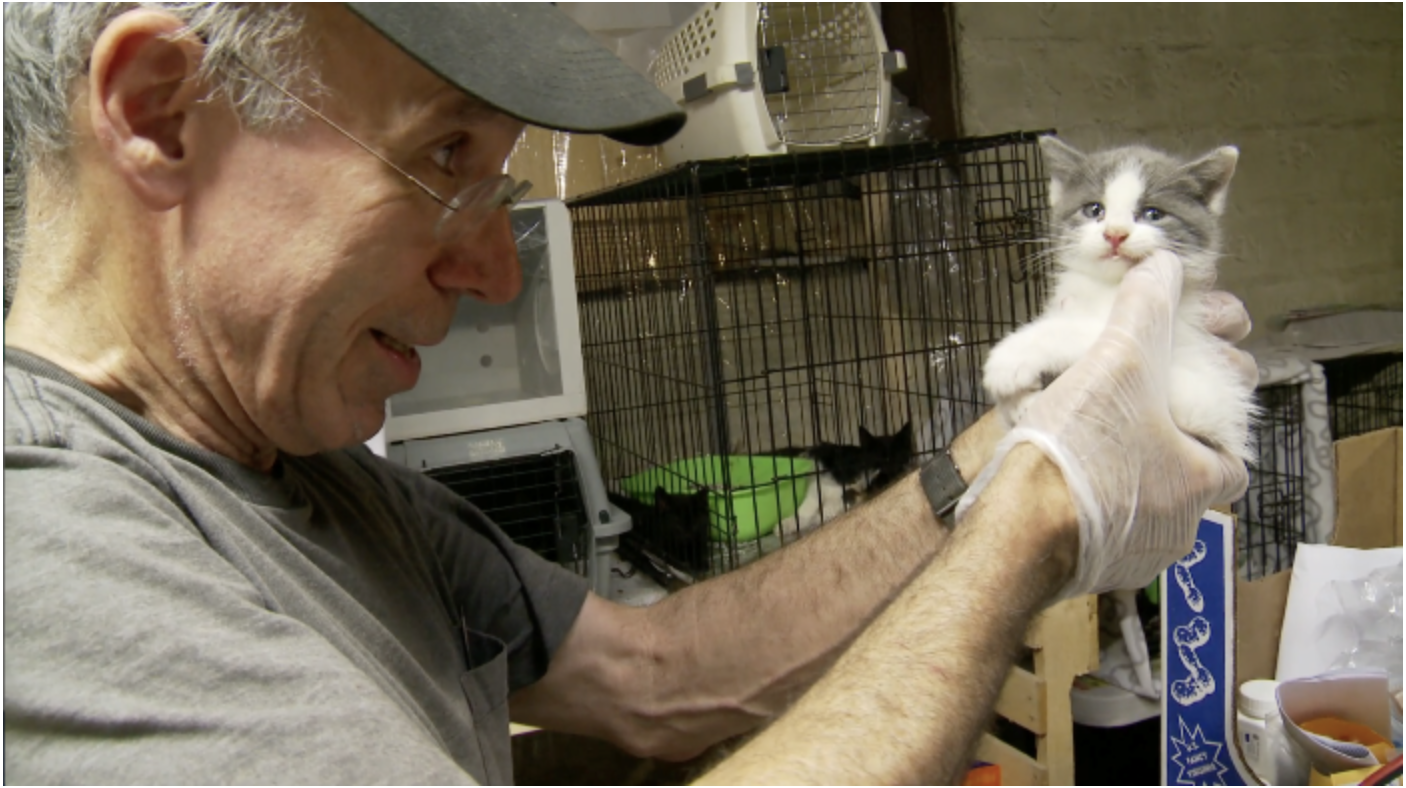
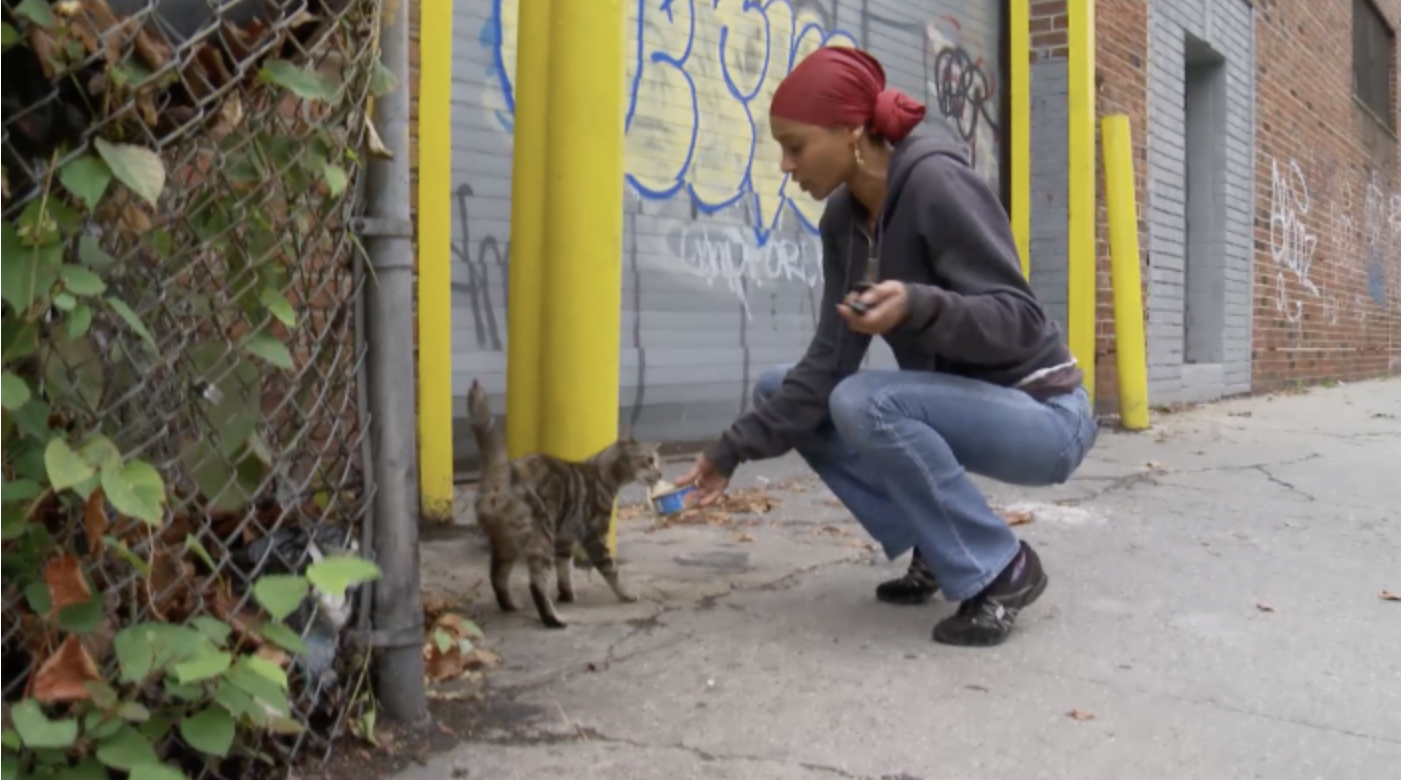
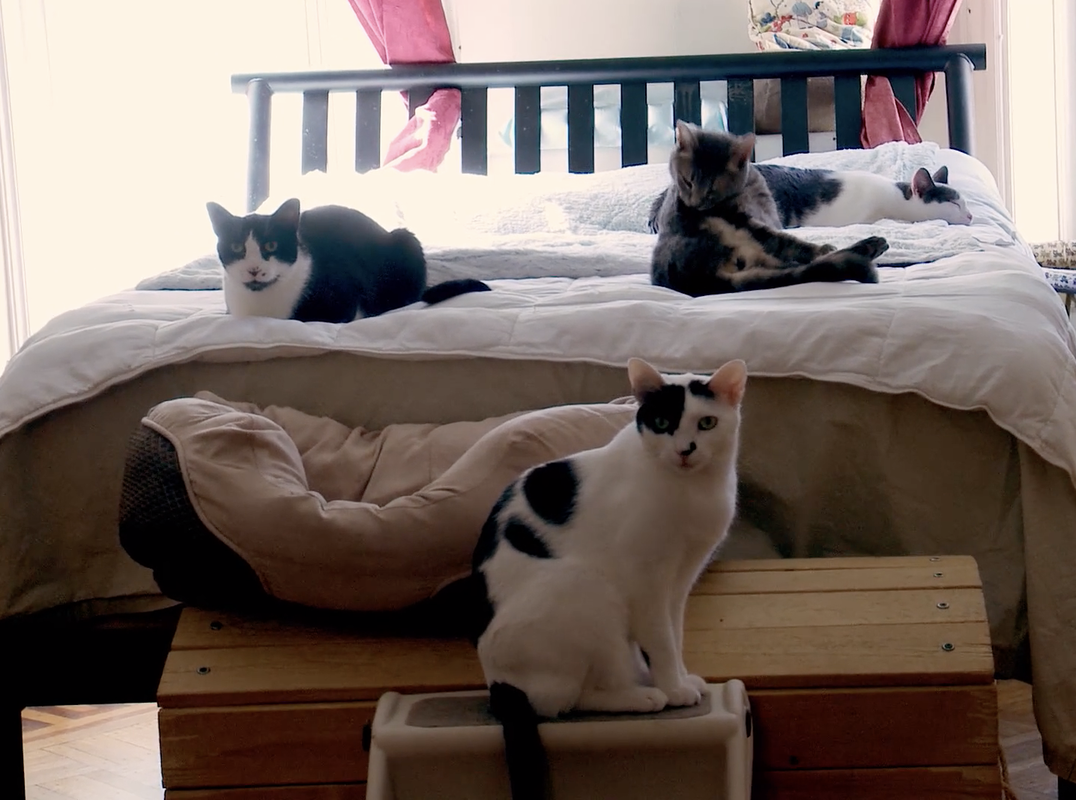
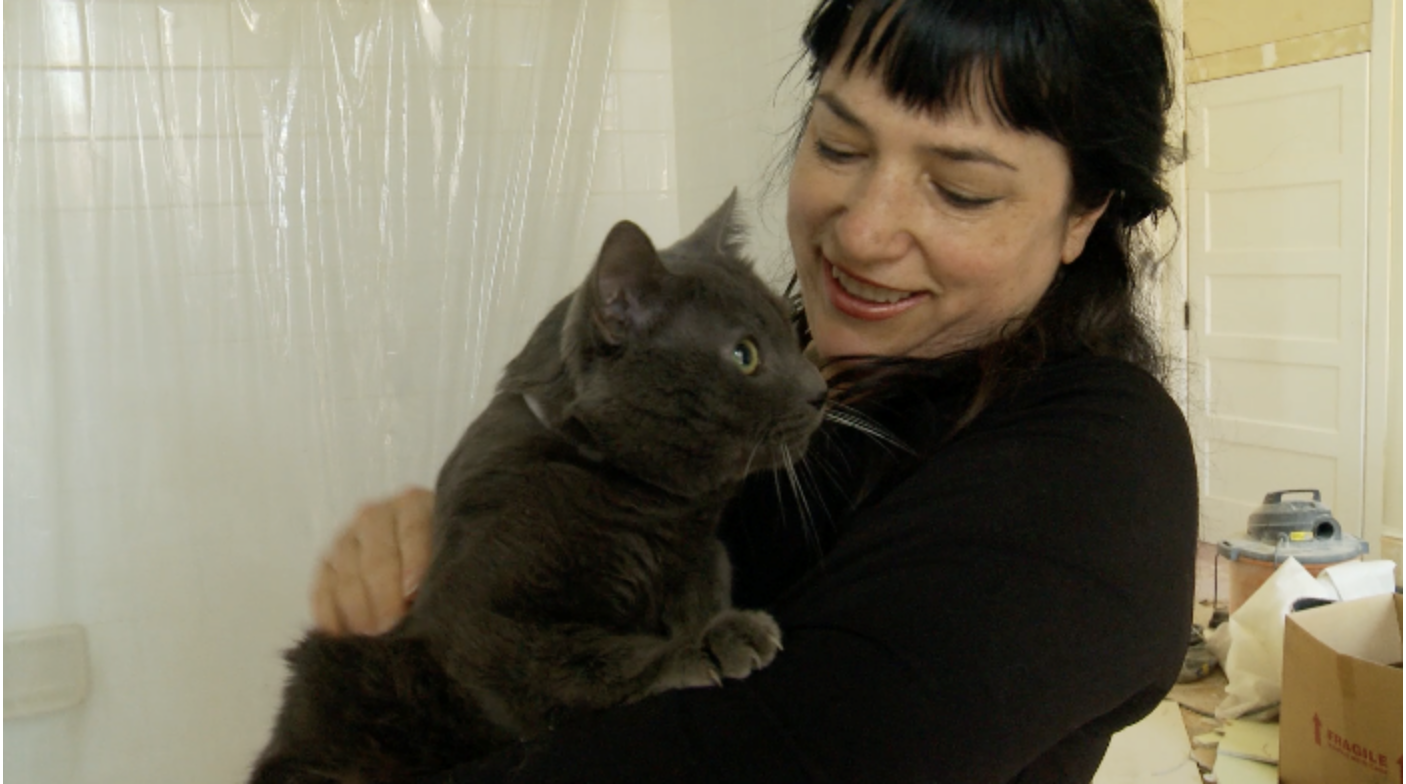
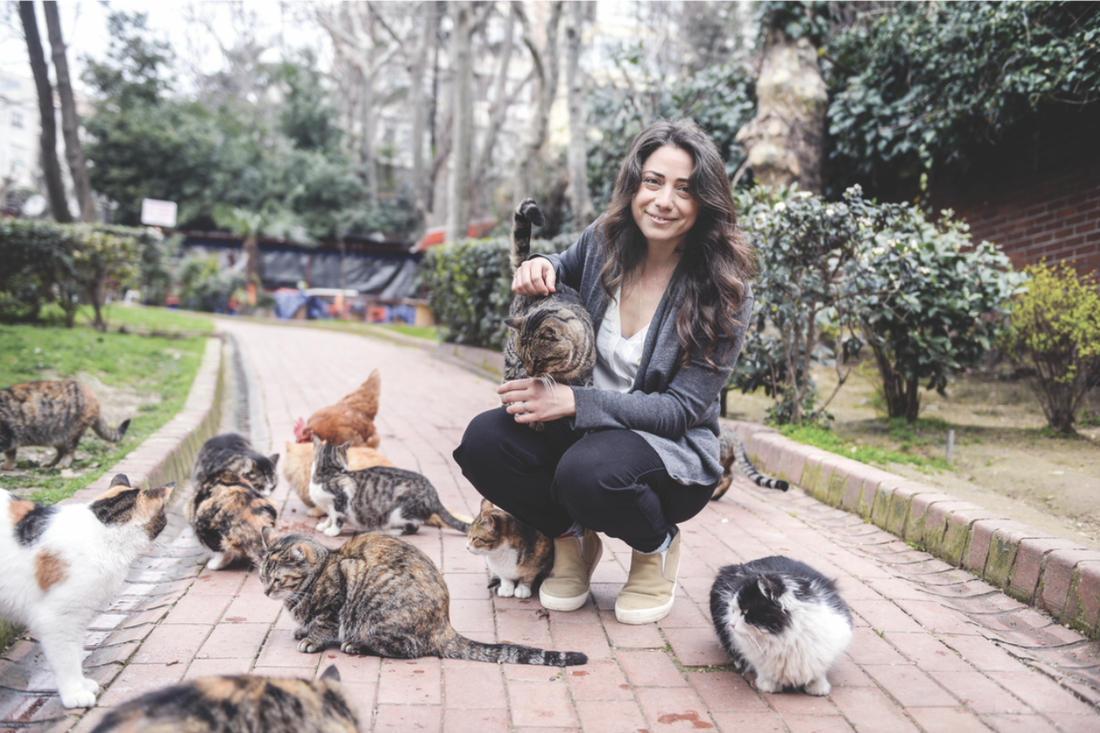

 RSS Feed
RSS Feed